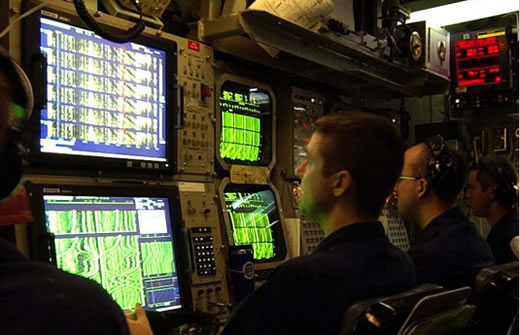
Lockheed Martin has won a U.S. Navy contract to continue supporting all sonar systems for U.S. submarines through the ARCI program. The current contract worth $84 million contains options bringing the total potential contract value to $2.1 billion. Under this contract the company will continue to develop, produce and support all sonar systems for U.S. submarines, through the Acoustic Rapid Commercial-off-the-Shelf Insertion, (ARCI) program which has been underway since 1998. The current contract funds the delivery of initial systems for Virginia Class submarines currently under construction as well as the modernization and upgrading for all in-services submarines.

ARCI was developed as a method enabling continuous enhancement and improvement of systems in an affordable and efficient way. Under ARCI, the submarine force is provided with a common sonar system, more capable and flexible than earlier designs. In addition, the system is built around a Modular Open Systems Architecture (MOSA), exploiting modern commercial processing development permitting the use of complex algorithms that could not previously be accommodated. Commercial Off The Shelf (COTS) based processors and MOSA technology and systems allow onboard computing power to grow at the same rate as that of commercial industry. This facilitates regular updates to both software and hardware with minimal impact on submarine scheduling. Typical ARCI system upgrades are fielded in 18 to 24 months increments, allowing the Navy to take advantage of commercial information technology ensuring the submarine fleet’s sonar systems are up-to-date and outpace the growing ASW threat. “By adapting commercial technology in an open architecture environment, the program rapidly delivers capability to the submarine fleet at a lower cost than a unique custom-built development,” said Jack Gellen, Lockheed Martin vice president of anti-submarine warfare and integration programs. “As a result, we’re able to help the Navy affordably outpace growing undersea warfare threats.” The U.S. Navy embarked on the ARCI program in 1996 as a multi-phase development initiative providing sonar system upgrades on every submarine class in the U.S. Navy. The program manages 23 unique configurations across 71 submarines. New configurations are introduced at a rate of about 12-15 per year. Transitions to ARCI-fielded systems occur in an 18 to 24 month period, compared to legacy systems requiring as much as 6 years.
















